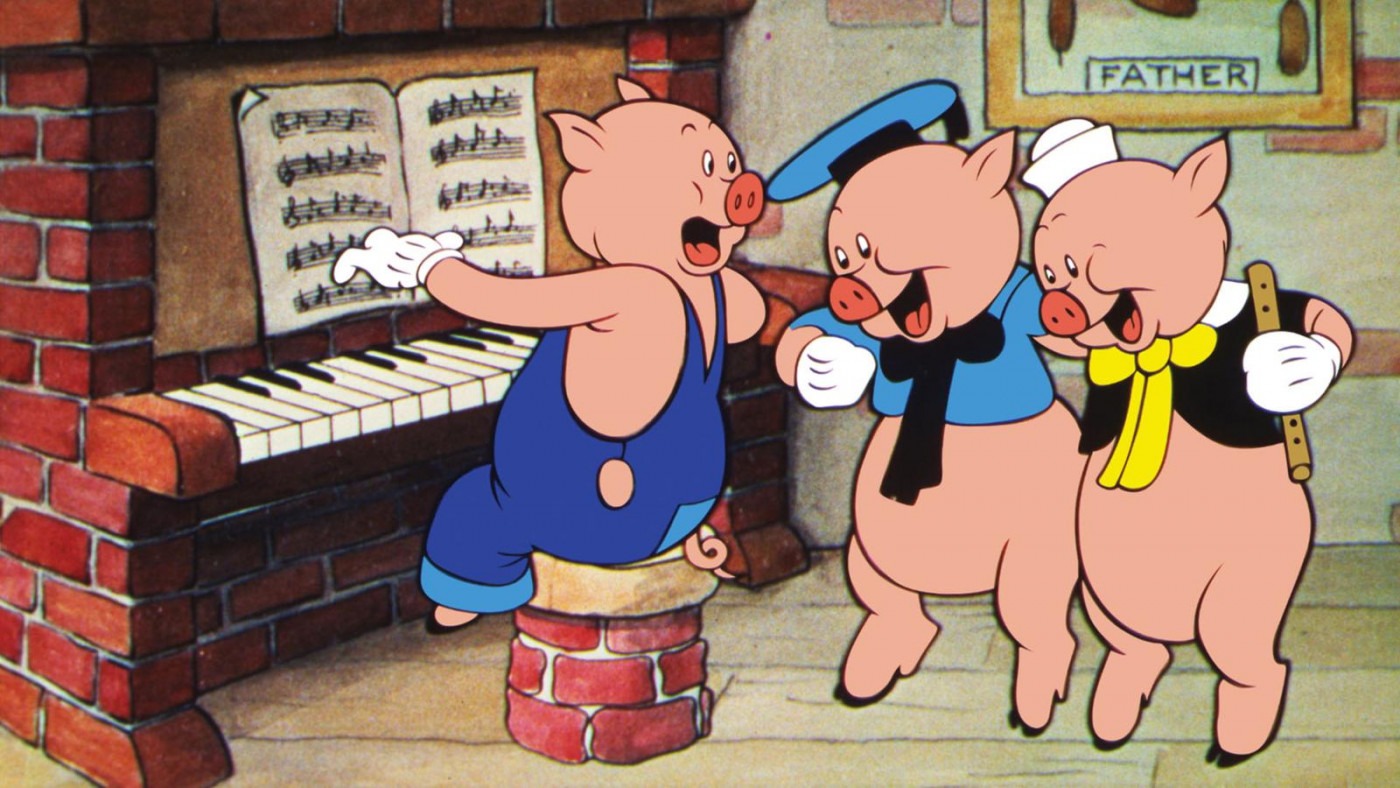The Boar in the literary world
Being the figurehead of our newspaper, it is safe to say that our fellow porkers have been misrepresented in the literary world. When we think of a boar in literature, we typically think of laziness, gluttony and adversity. But why should that be the case? Our “comrades” (as Orwell puts it), have so much more to offer. If we fully observe the complexity of our bristly pigs, they become a whole lot more than figures of greed and avarice. With this article, I set out to challenge the generic perception of our formidable friends and to see them as symbols of greater underlying ideas.
Animal Farm is one of the most widely-read allegories of all time. It is brought to life via the conflict between the two central characters: Snowball and Napoleon. Napoleon adopts the typical qualities of the literary porker. He is the antagonist, a manipulator so indulged in self-interest that the rest of the farm suffers. Snowball on the other hand only wants what is best for the farm. He ardently believes in the good of the windmill and rivals Napoleon’s dictatorship. What sets them apart is their way with words. Snowball is “vivacious” and the better talker, whereas Napoleon has a reputation for getting his own way. Despite their differences, they both stray away from the traditional pig in that they both have something to strive for. Napoleon is clever in his ways, sternly evading the opposition and making the animals believe he is always right. Snowball is energetic and hopes for a positive future. Neither are the lazy, shallow or peripheral characters we would expect from a pig.
The pigs are symbols of something greater.
In fact, they are quite the opposite. Despite their greed and avarice, the pigs are given human qualities that make them rich with deeper meaning. Old Major is Orwell’s take on Karl Marx, Squealer portrays the complexities of propaganda whereas the two leaders embody Trotsky and Stalin. The pigs are symbols of something greater. They form a reflection of political uprising. They convey the problems within our society and the inevitability of revolution. With Animal Farm, Orwell takes aspects of the conventional pig and turns them on their head.
The same can be said for William Golding’s Lord of the Flies. The obvious figure is the pig’s head, which again can be viewed in numerous ways. It aligns with the traditional pig in that it is bad. It is hunted down, hideous to look at and is an unnamed “beast”. Yet it becomes the novel’s central figure. The pig’s head is linked with the devil, savagery and the corruption of innocence. It haunts the boys insofar as they believe it still lives. In a way it does, as it reflects the tainted lives of the boys themselves.
Take Golding’s innocent duo of Ralph and Piggy. For Ralph, the head represents the barbarity of Jack and his tribe. For Piggy, it is the trope of being the victim, which his name ironically alludes to. If Piggy is a victim of Jack and his tribe, he is a victim of what the pig represents. The head is then much more than a figure of what is ugly and vile. It is something that lives within the boys. Something to be feared and yet pursued. Something that exposes the true horrors of humanity itself.
But why should they all symbolise doom and gloom? Is that all the boar represents? It would be a pretty bad front for our newspaper if that’s all they alluded to.
What if we look at the pigs of children’s literature? Being the timid, introverted worrier that he is, what do we make of A. A Milne’s Piglet? Can we not see him as a heroic figure? Is he not one to be admired, summoning the courage to overcome his fears?
The boar then becomes a complex figure.
How about The Three Little Pigs? Are they not victims of the Big Bad Wolf? Is the last of the three not a figure of valiance, courage and wisdom, having outsmarted the Wolf not out of greed, but out of a struggle to survive? The boar then becomes a complex figure. A figure that strays away from its existing connotations.
The beauty of the boar is that it can mean whatever you want it to mean. It can be the symbol of gluttony, courage or even the absurd, as demonstrated by Peter Porker (A.K.A Spider-Ham). What makes it so unique is its ambiguity. Its ability to own its existing implications or to completely veer away from them
The Boar celebrates 50 years as our figurehead. It will deservedly remain so for many more to come.

Comments